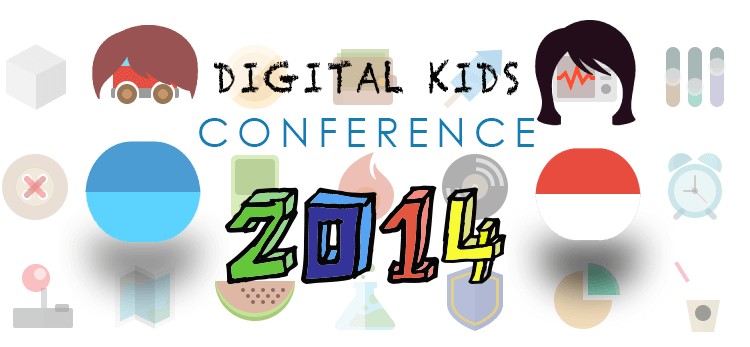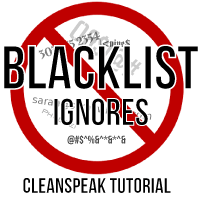
We all – young people and everybody who works with them – are learning what that looks like: skilled navigation of a networked world. We’re also working out what the skills are, how to teach them and what kind of environment (home, school and media environment) supports that learning.
As a society, we’ve only just begun working the problem. The first 15 or so years of the public discussion about youth Internet safety has been much more about protecting children from new media than about helping them learn to navigate it successfully (including safely).
Continue reading →

What do a high school student who’s a bullying prevention activist, two criminology professors and Safer Internet Day have in common? They’re all sending the same message that safety and wellbeing online takes all of us.
The Student
Aidan McDaniel the student activist says school safety happens from the ground (the students) up. Social cruelty both online and offline isn’t a student problem that administrators and teachers can fix from the top down, he told Public News Service when he was 16, it’s “everybody’s problem” and the solution doesn’t happen “without working with each other.”
Continue reading →

You have designed, produced and delivered a product that fits the demographic of 13 years and younger. There is no question in your mind that the product will flourish and be the next Duncan Yo-Yo, Pet Rock or Candy Crush. All you need now are customers and, possibly, an online community. Rather than throwing open that door with guns blazing and adding to the perpetual noise in social media, it’s time for research. The Digital Kids Conference at Toy Fair in New York is exactly that.
Digital Kids provides detailed insight on how to create best-selling digital toys, games and media services for kids. The conference is a great way to network with industry experts, learn product design, marketing techniques, monetization strategy and online safety practices. Here are 3 things you missed at the Digital Kids Conference this year.
Continue reading →
You have a product, resource or tool you know the world wants but they just don’t know about it yet. Old fashioned marketing efforts are dead, and rather than telling your potential buyer/user what they want, you listen. Listening is a key contributor in how companies direct many aspects of their business efforts and road maps. There is no better way to listen than by creating an engaging online community.
Listening helps you:
- Gain information from your users on how they perceive and interact with your product.
- Develop trust by interacting and letting the user know that you are present and communicative.
- Maintain your reputation. If a customer is not receiving the level of quality or service expected regularly, it can tarnish your brand's reputation.
- Reduce conflict by being proactive. Spotting a potential issue whether it be product related or within the community helps enforce your brand's presence and integrity.
Listening is incredibly important, but so is engaging, sharing, creating conversation and letting others (your customers) advocate for you. But they need a reason to do so. Senior Reporter, Marisa Peacock shares, “Anyone can set up an online community, but what will make it worth joining is if it accurately reflects the culture of your organization and provides meaningful incentives to members.”
Inversoft would like to share with you Creating & Engaging Online Communities 6 Key Elements of Successful Communities Infographic.
Continue reading →
 When working with Inversoft's profanity filter, CleanSpeak, the flexibility and thoroughness of the filter provides multiple tool sets to test, customize and tune the filter to meet your online community needs. CleanSpeak uses a blacklist for both graylist and blacklist filtering as described in the Filtering Concepts section of Inversoft's CleanSpeak documentation. Each entry in the blacklist has many configuration options to enable the filter to perform different types of actions.
When working with Inversoft's profanity filter, CleanSpeak, the flexibility and thoroughness of the filter provides multiple tool sets to test, customize and tune the filter to meet your online community needs. CleanSpeak uses a blacklist for both graylist and blacklist filtering as described in the Filtering Concepts section of Inversoft's CleanSpeak documentation. Each entry in the blacklist has many configuration options to enable the filter to perform different types of actions.
When adding or editing a blacklist entry, we have provided a field known as blacklist ignores that allows you to ignore any alternative form of a blacklist entry.
Blacklist Filtering Explained
Blacklist filtering prevents words/phrases from being used. Possible outcomes when CleanSpeak finds a match (or matches) on the blacklist include:
Continue reading →






 When working with Inversoft's profanity filter, CleanSpeak, the flexibility and thoroughness of the filter provides multiple tool sets to test, customize and tune the filter to meet your online community needs. CleanSpeak uses a blacklist for both graylist and blacklist filtering as described in the
When working with Inversoft's profanity filter, CleanSpeak, the flexibility and thoroughness of the filter provides multiple tool sets to test, customize and tune the filter to meet your online community needs. CleanSpeak uses a blacklist for both graylist and blacklist filtering as described in the